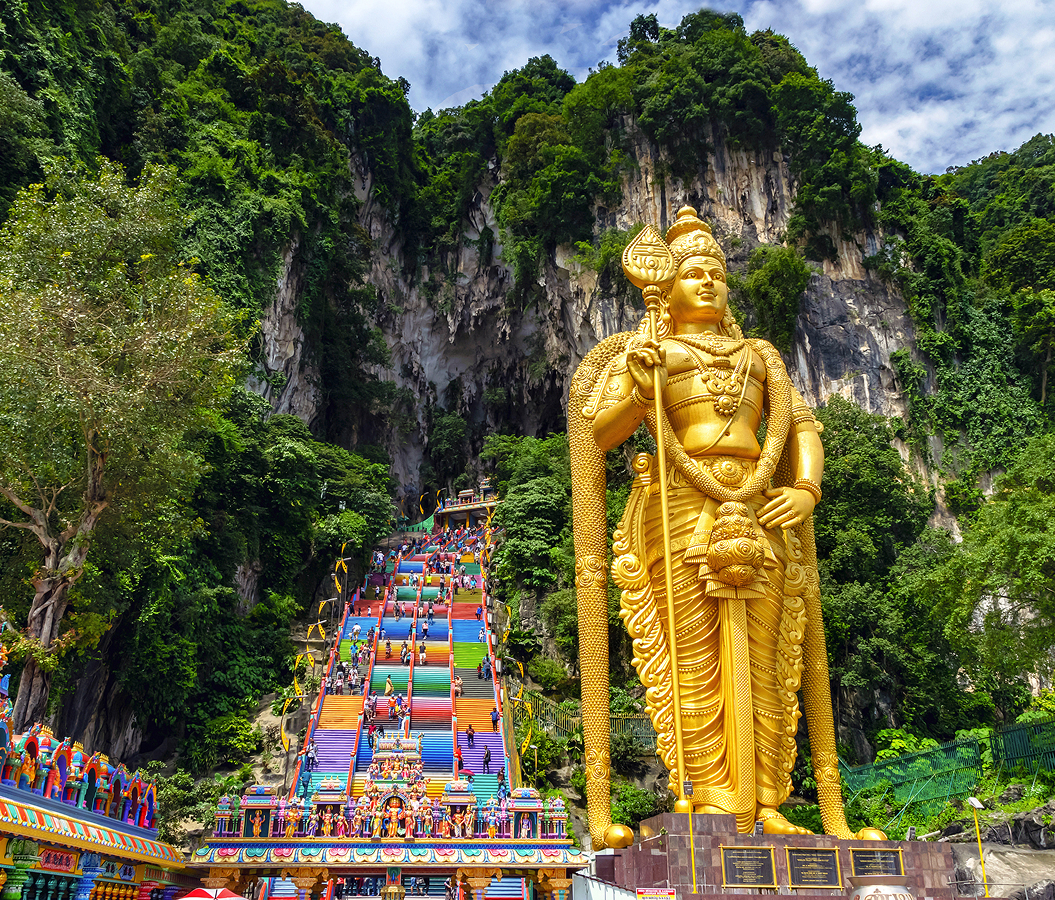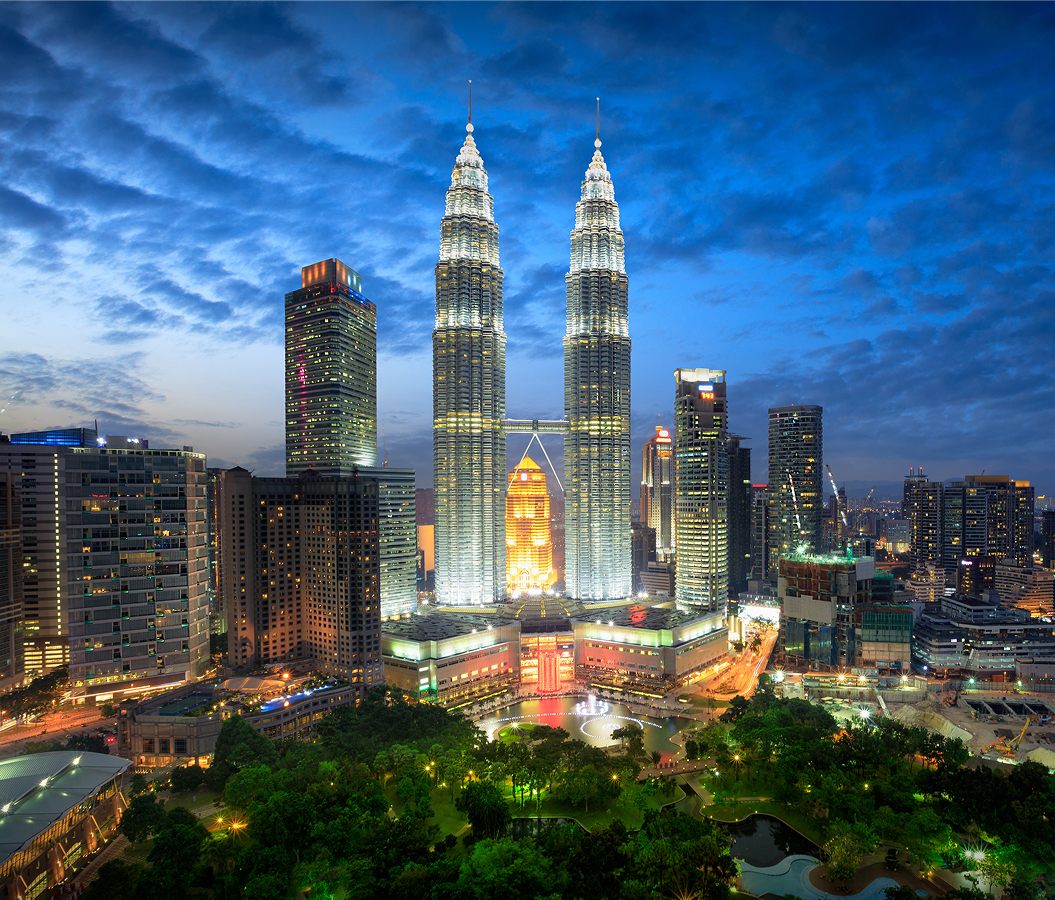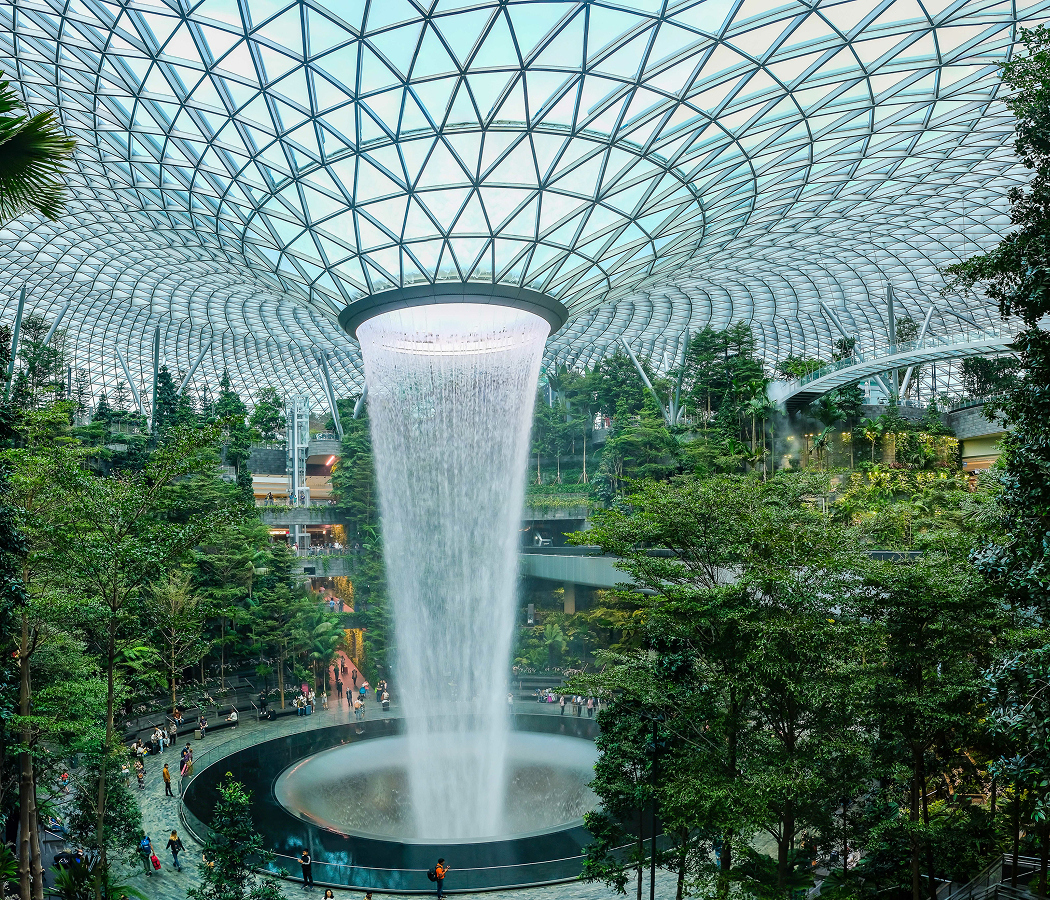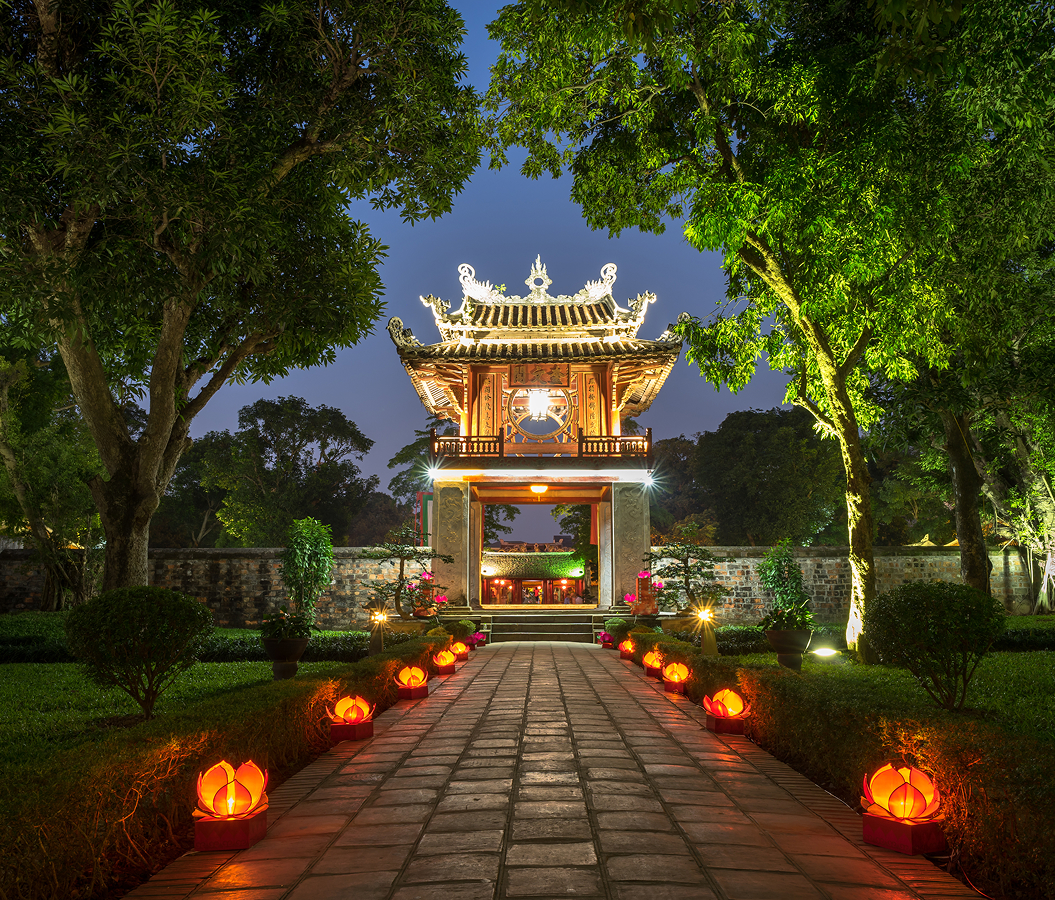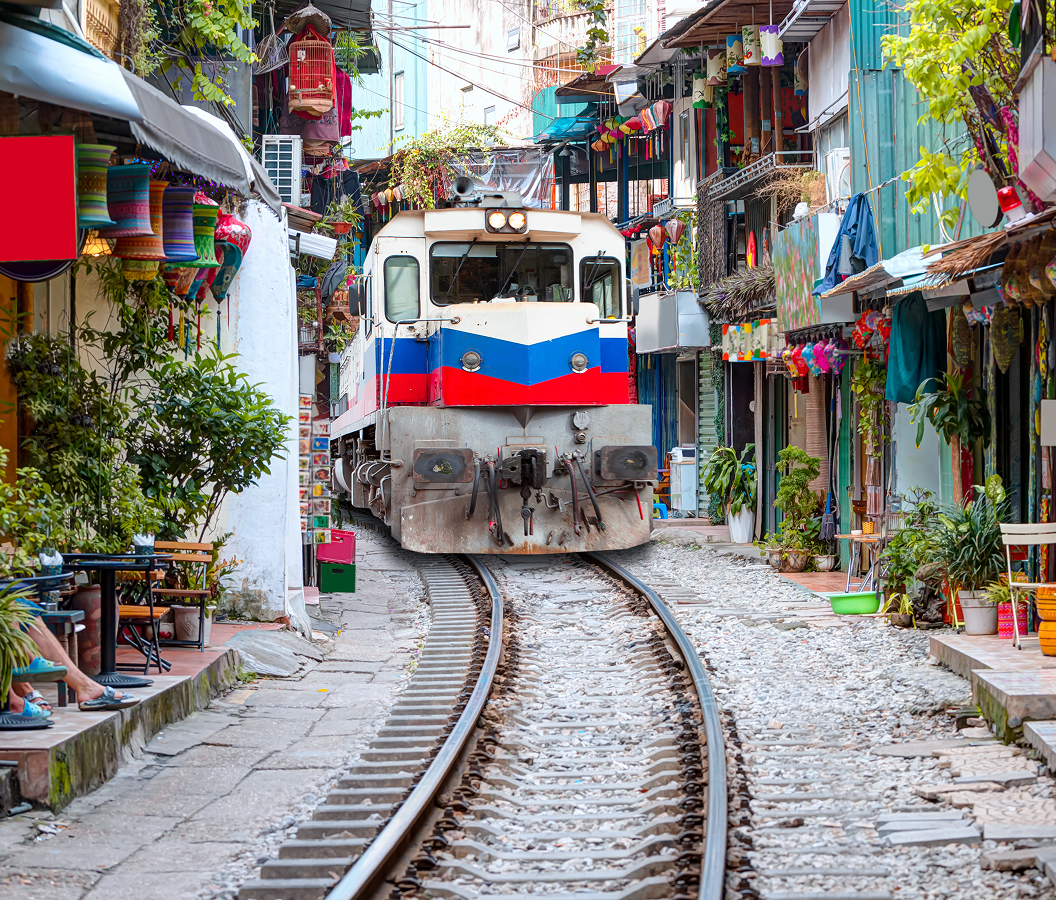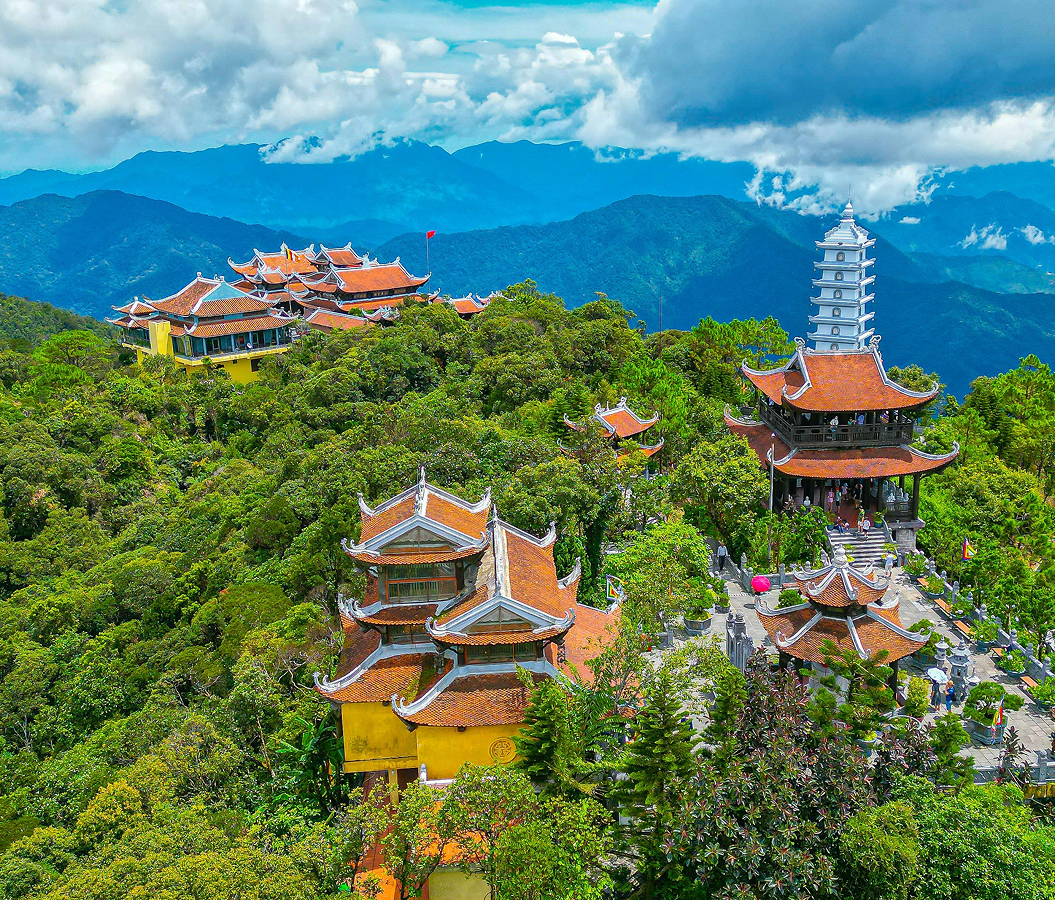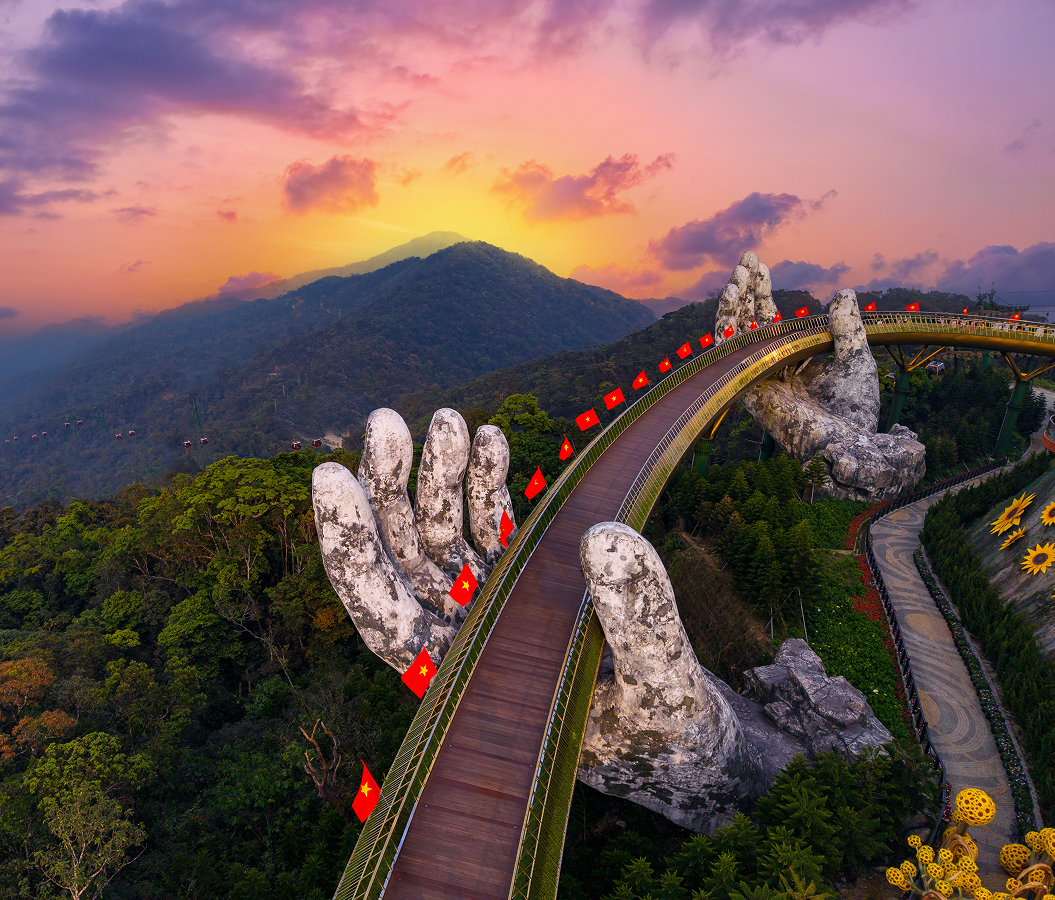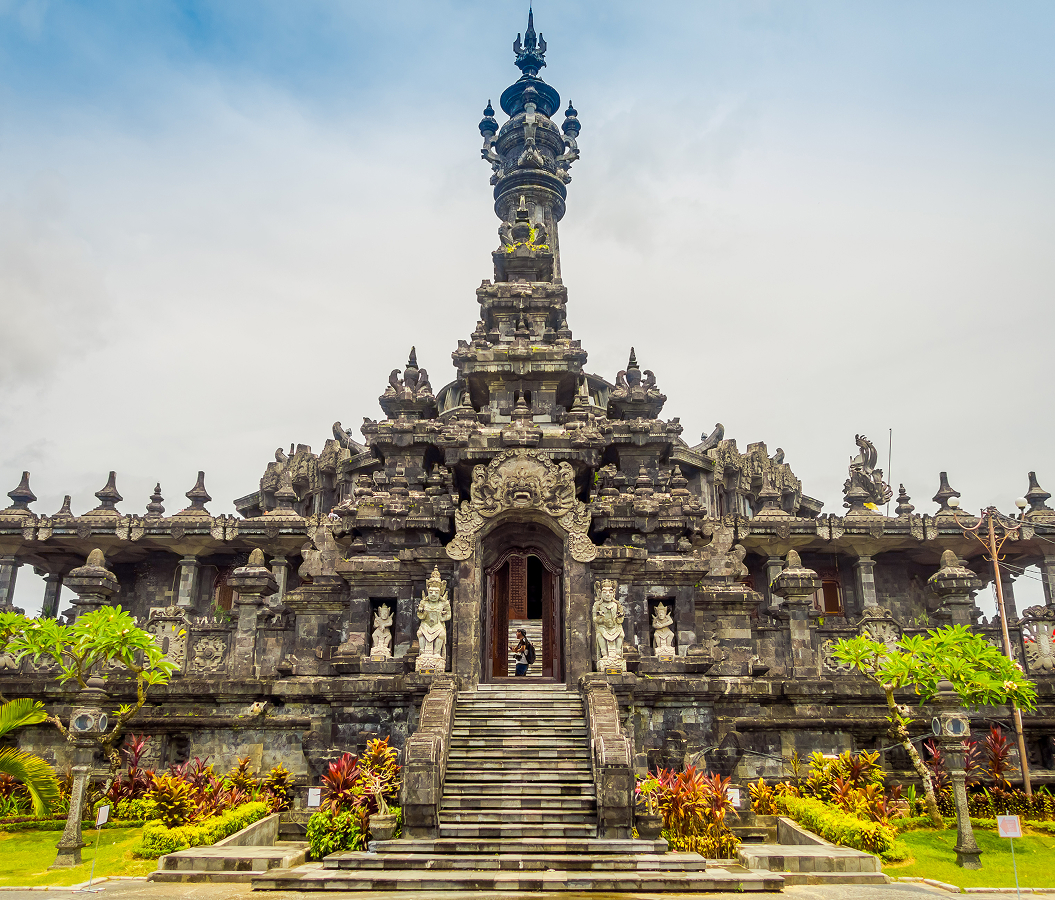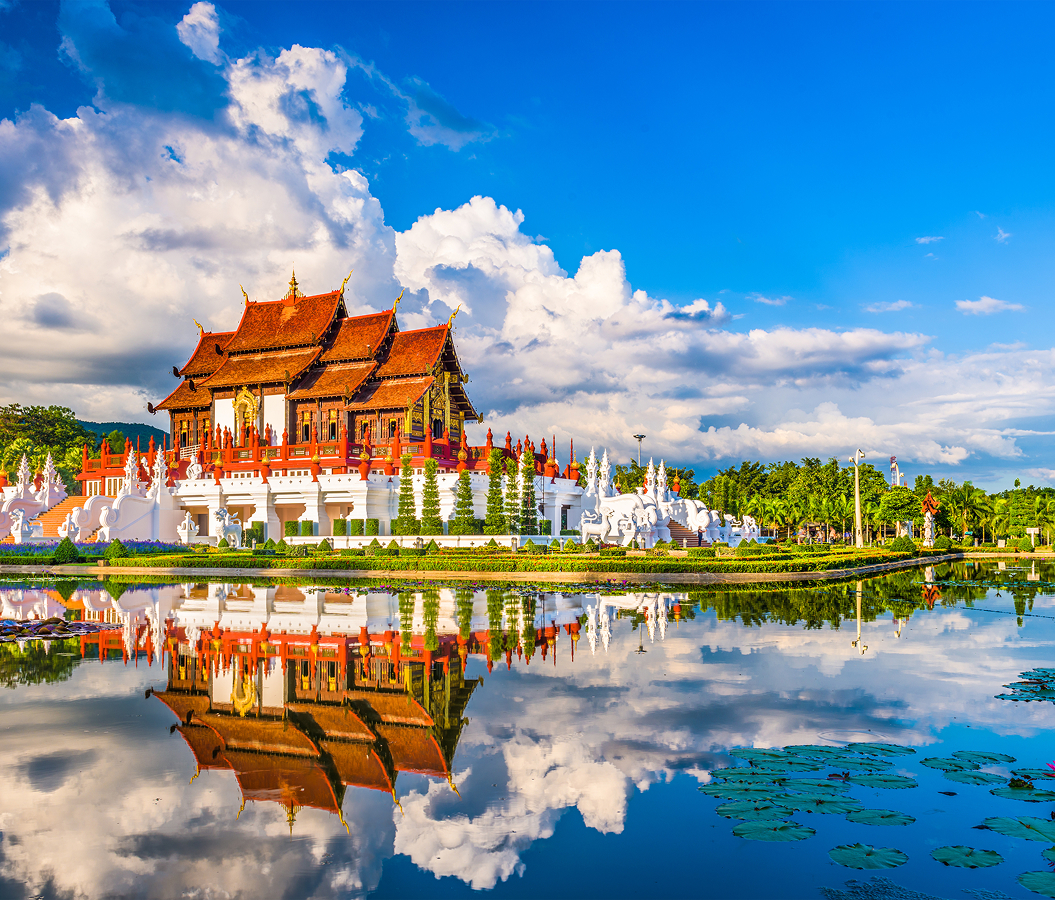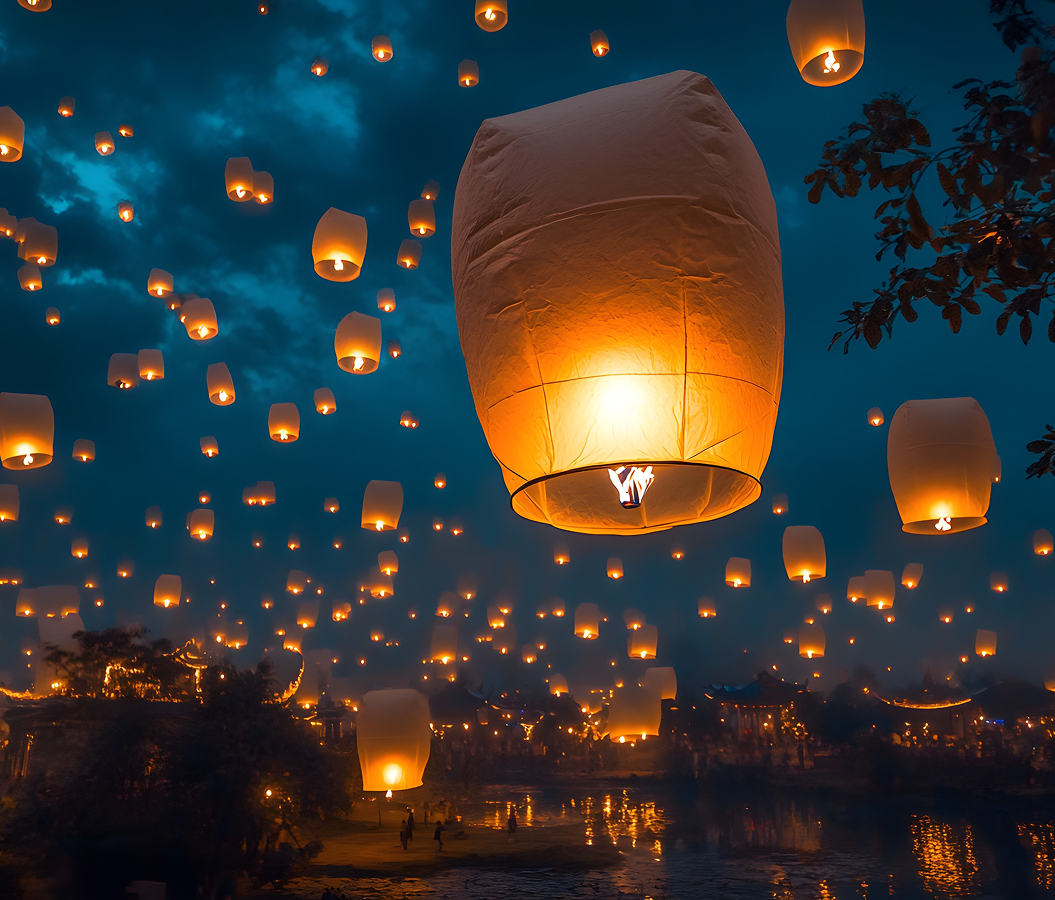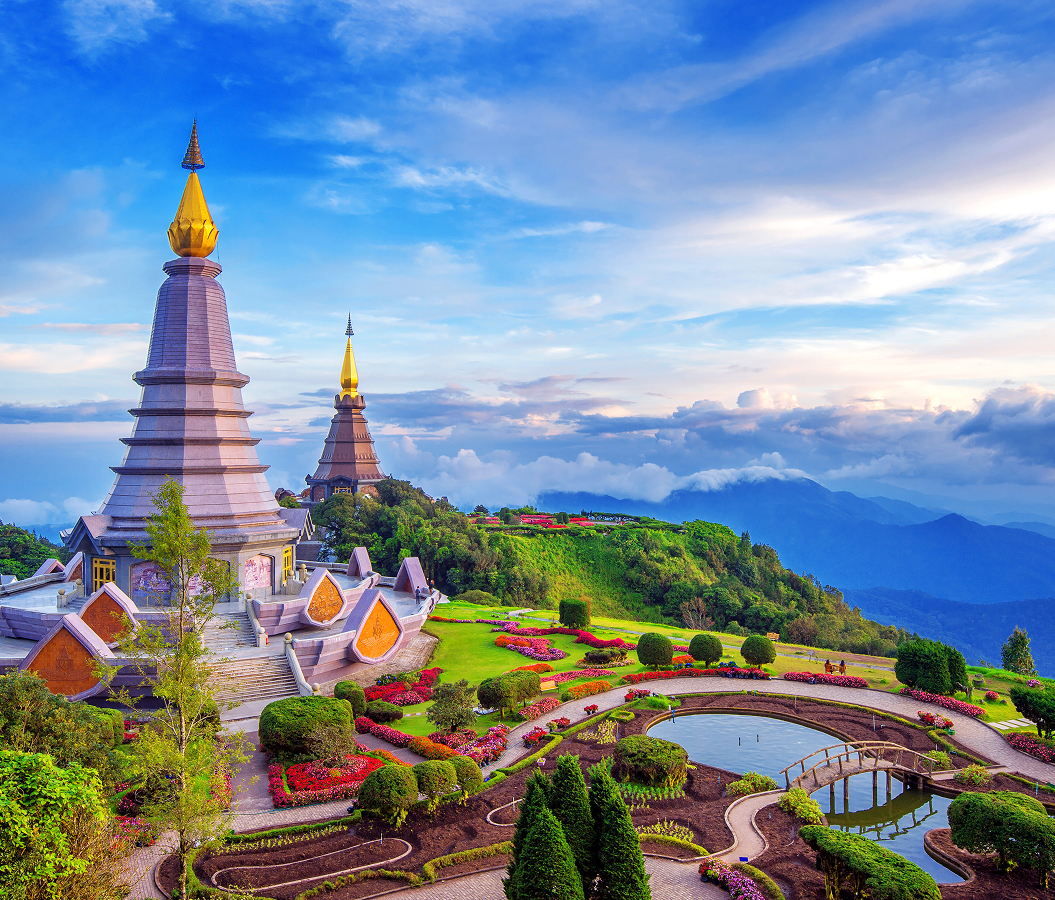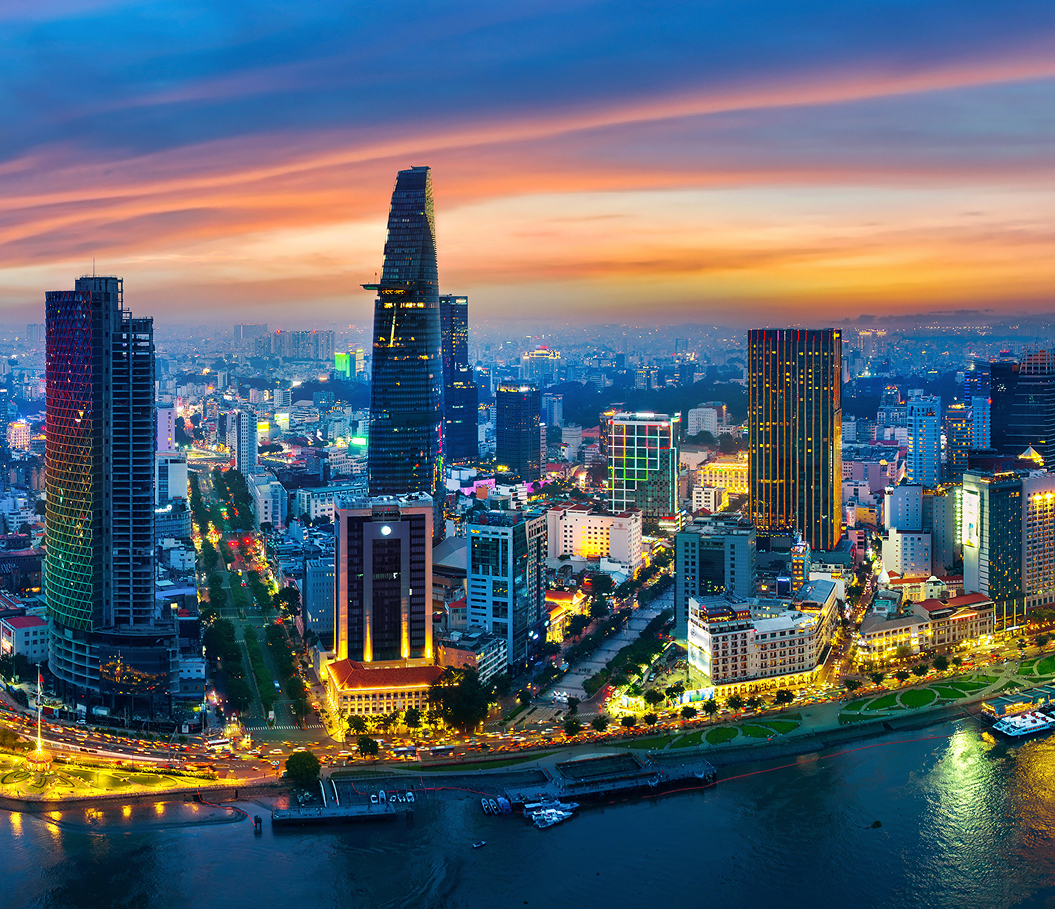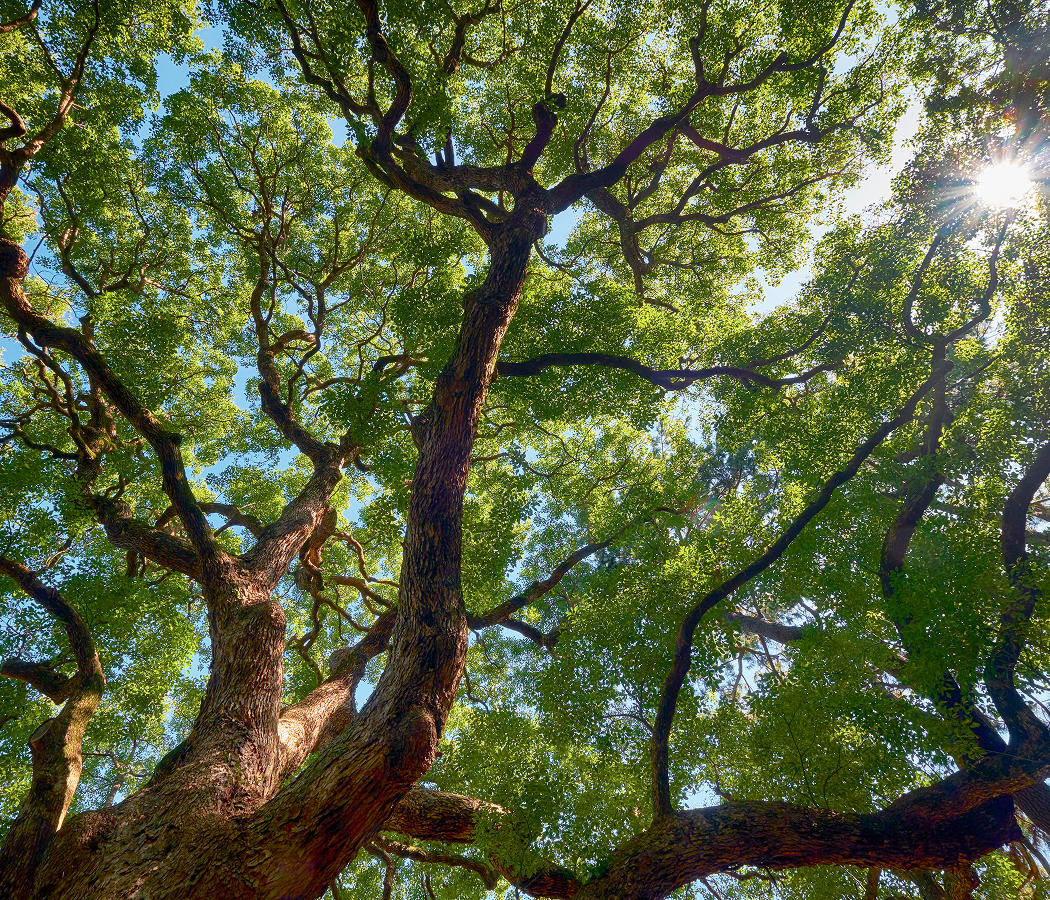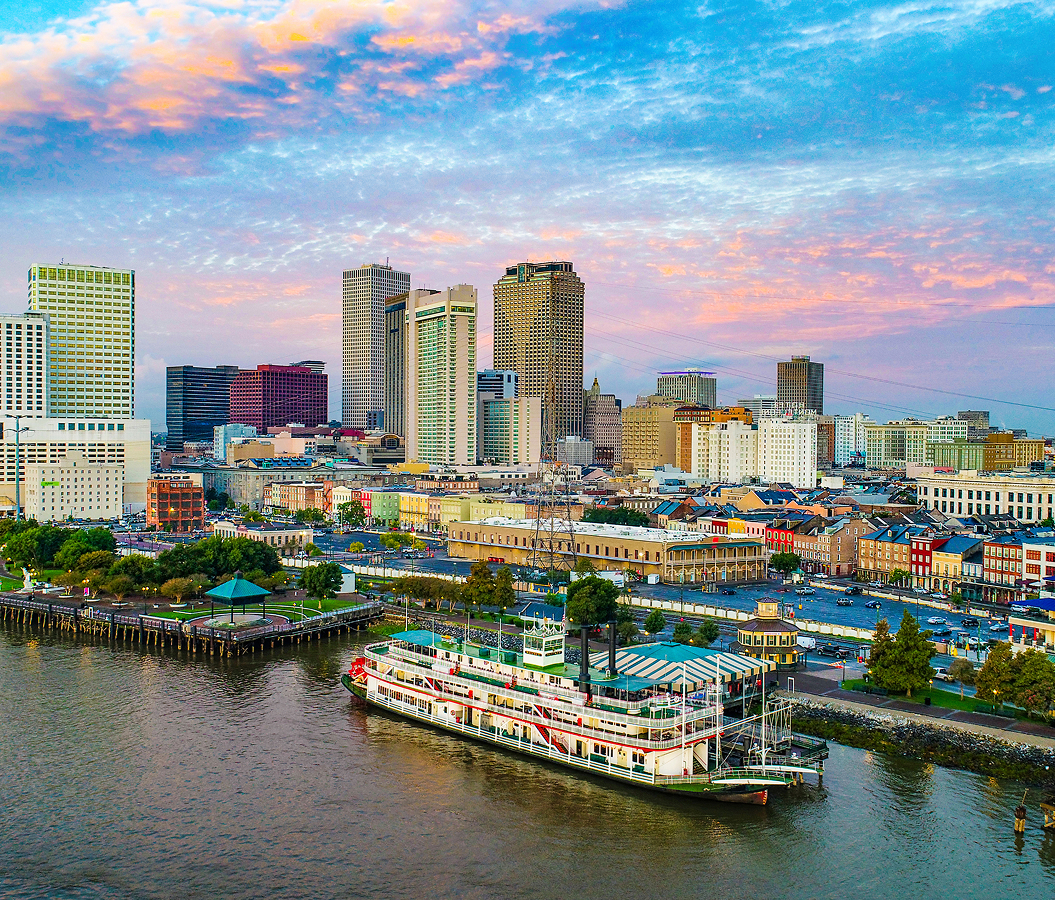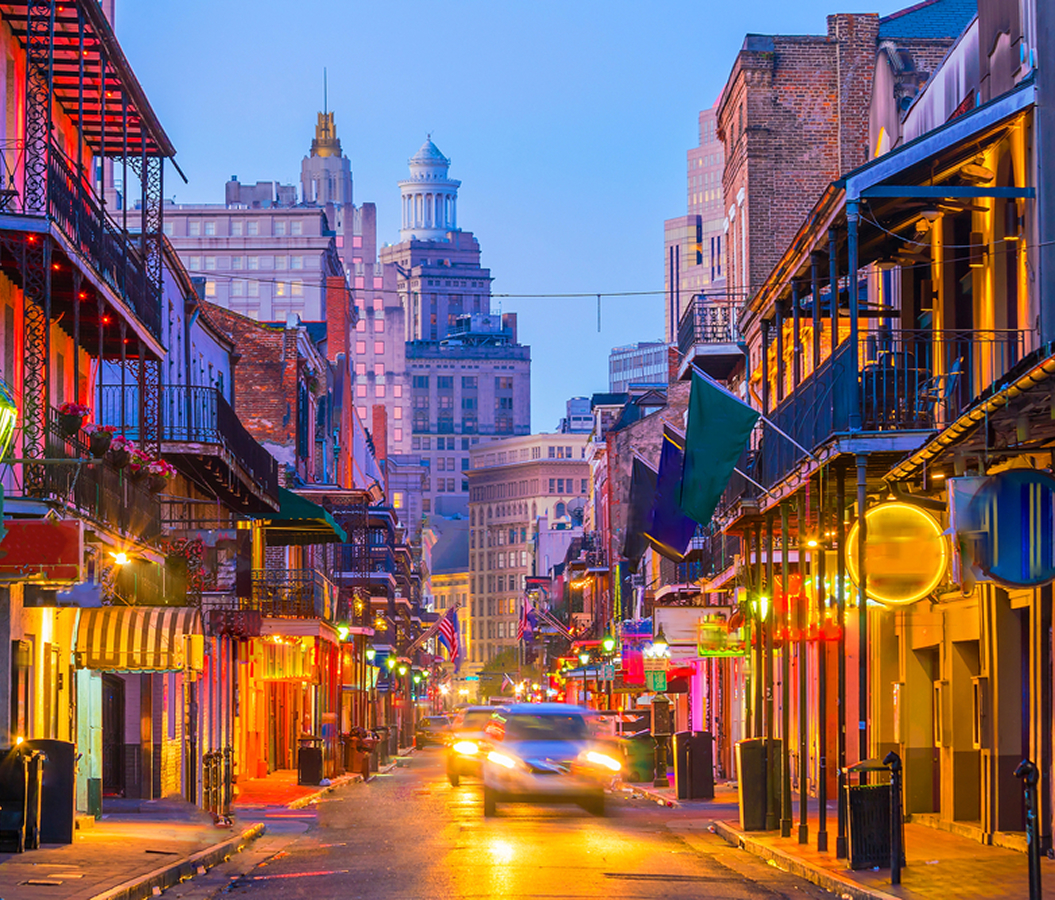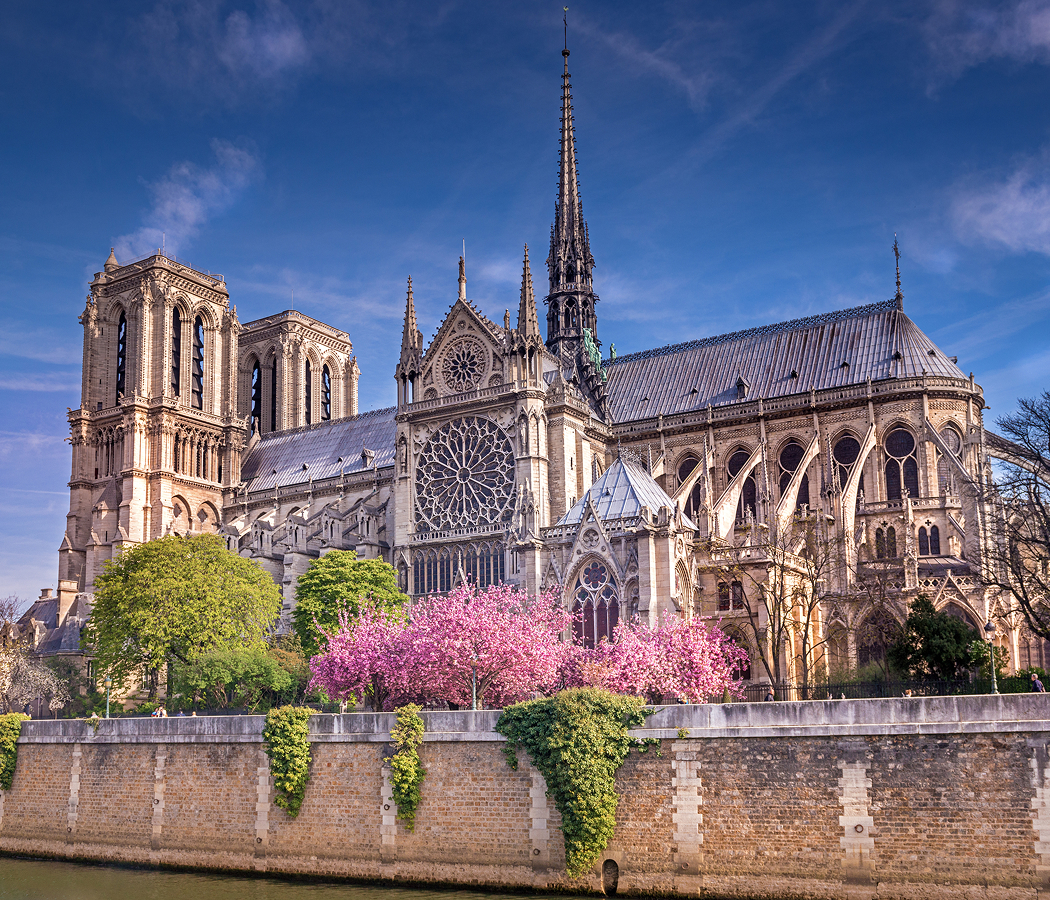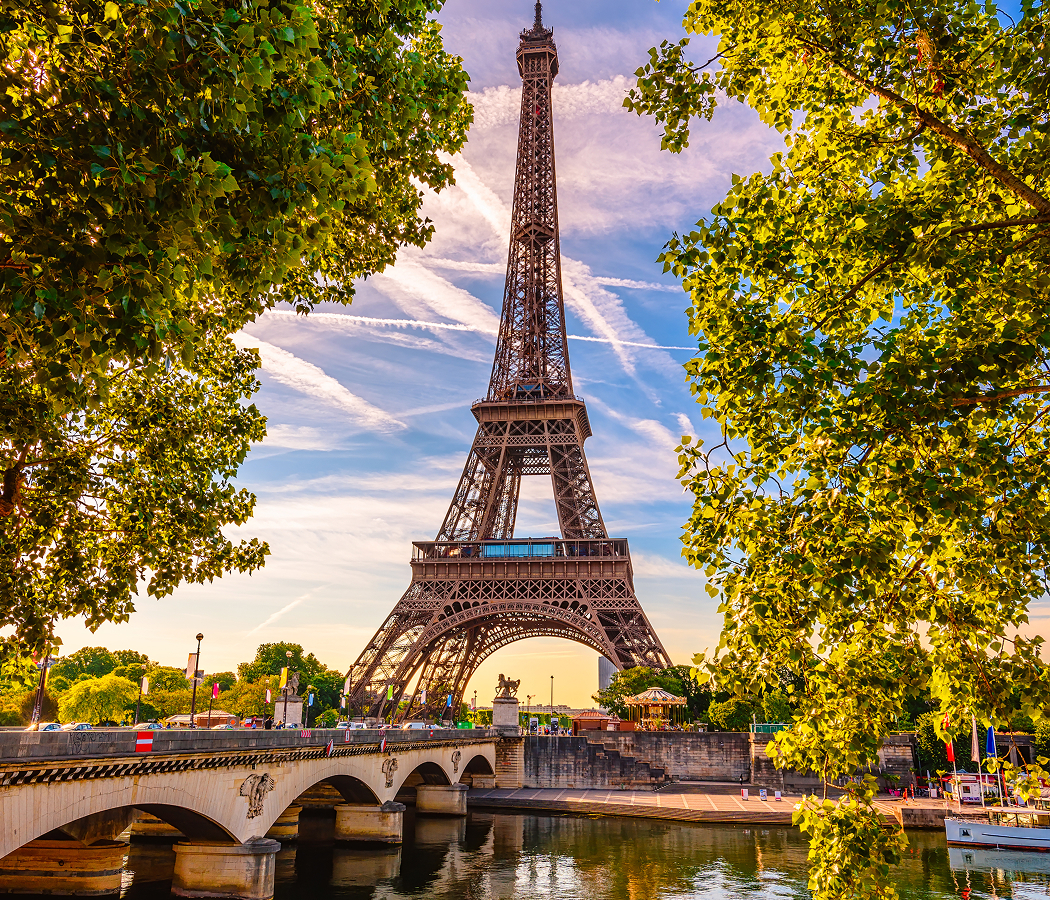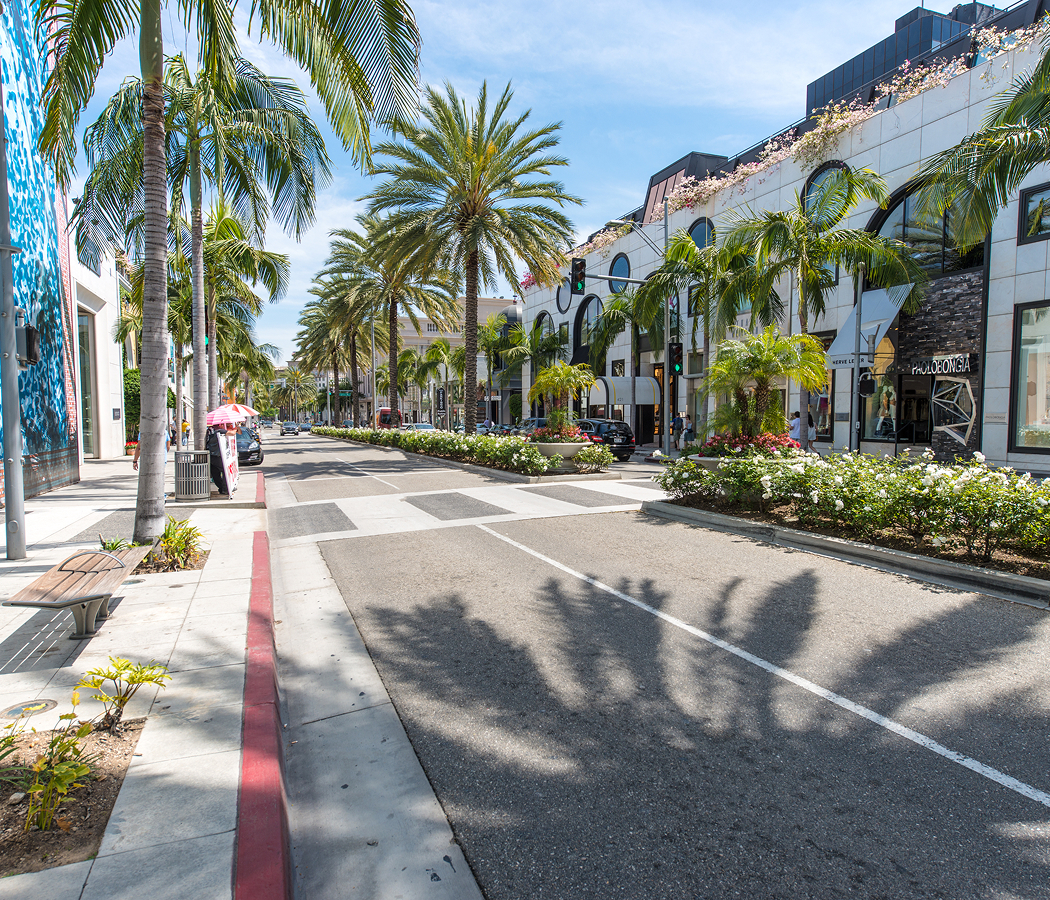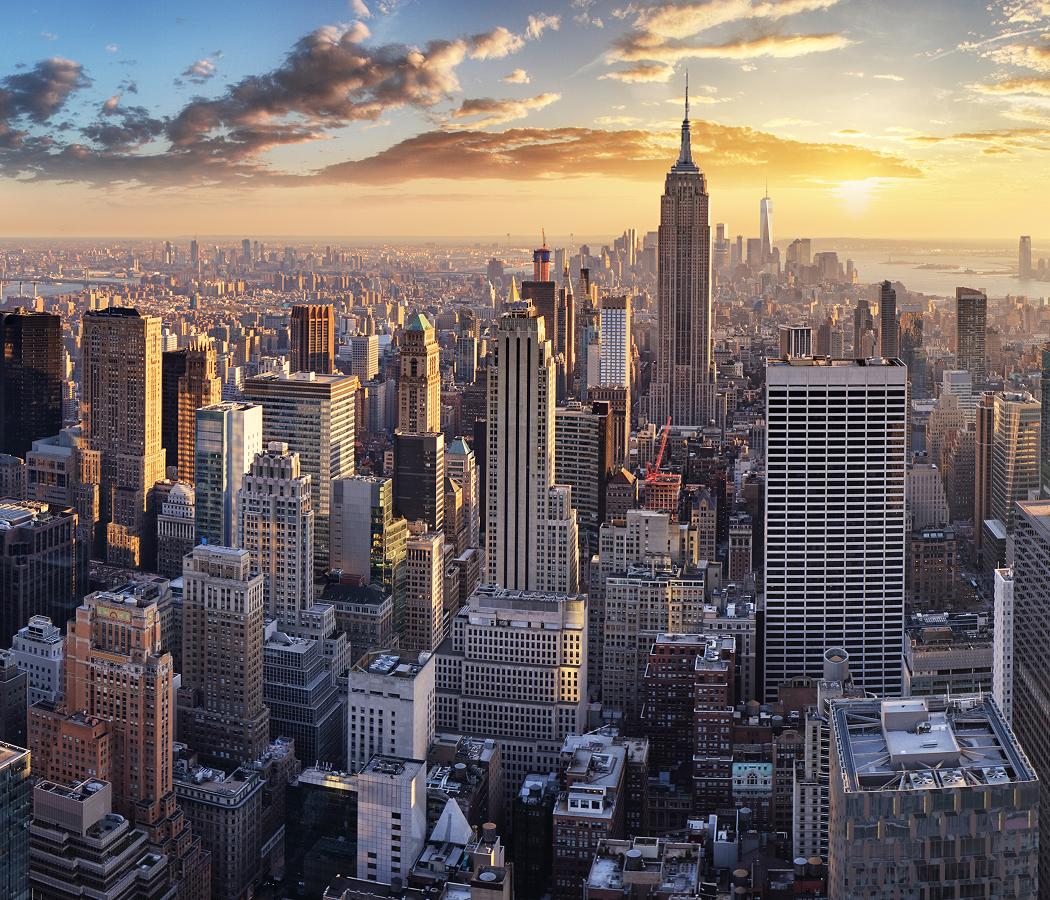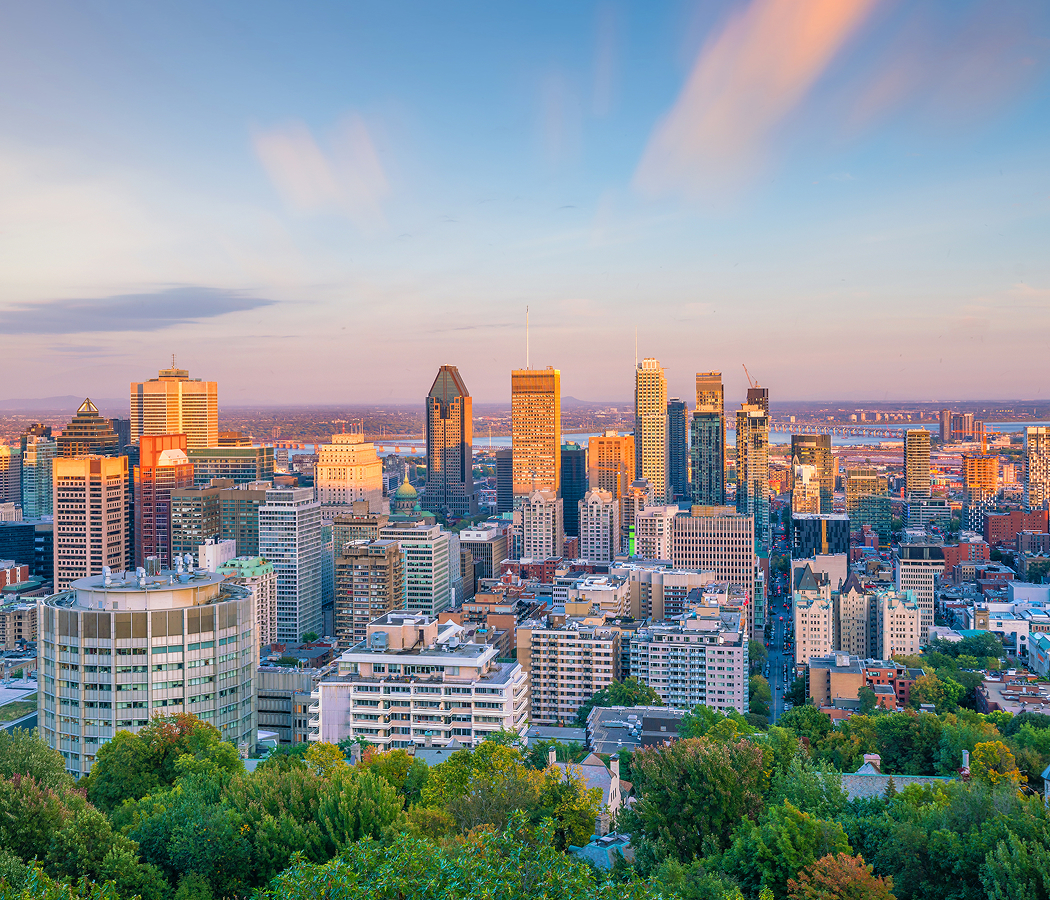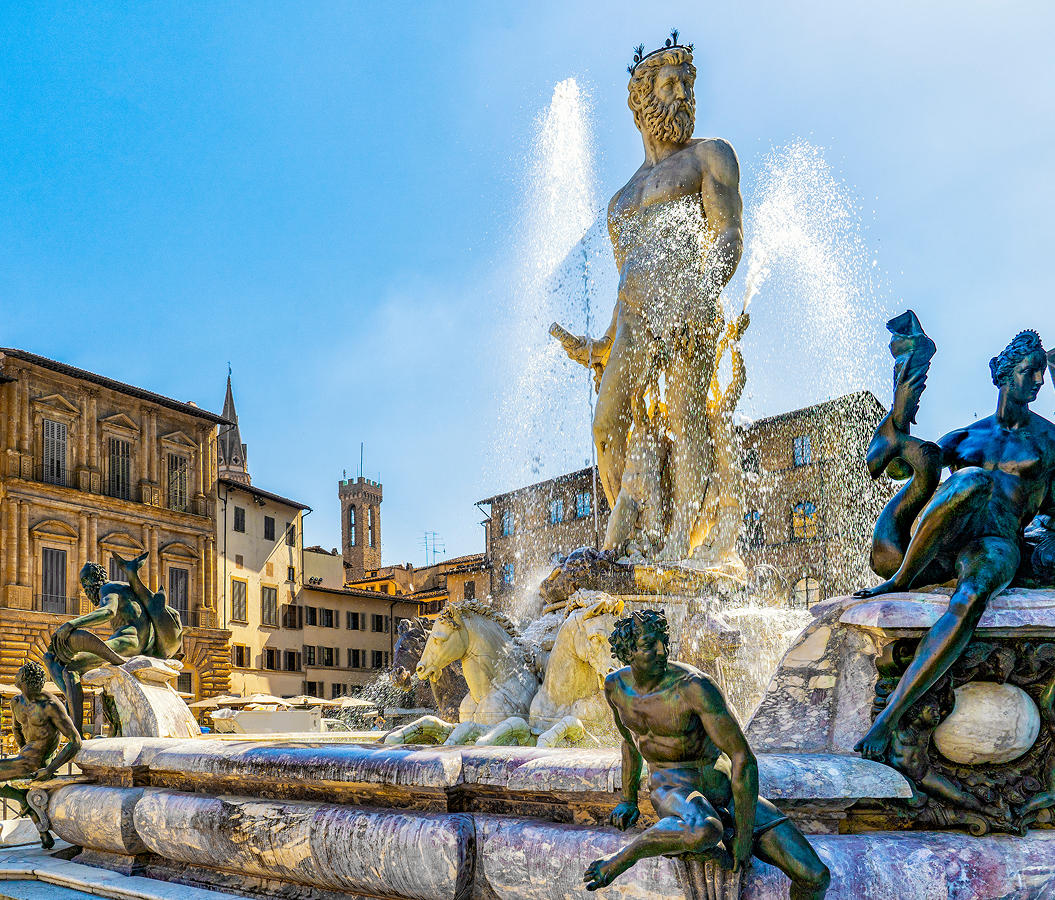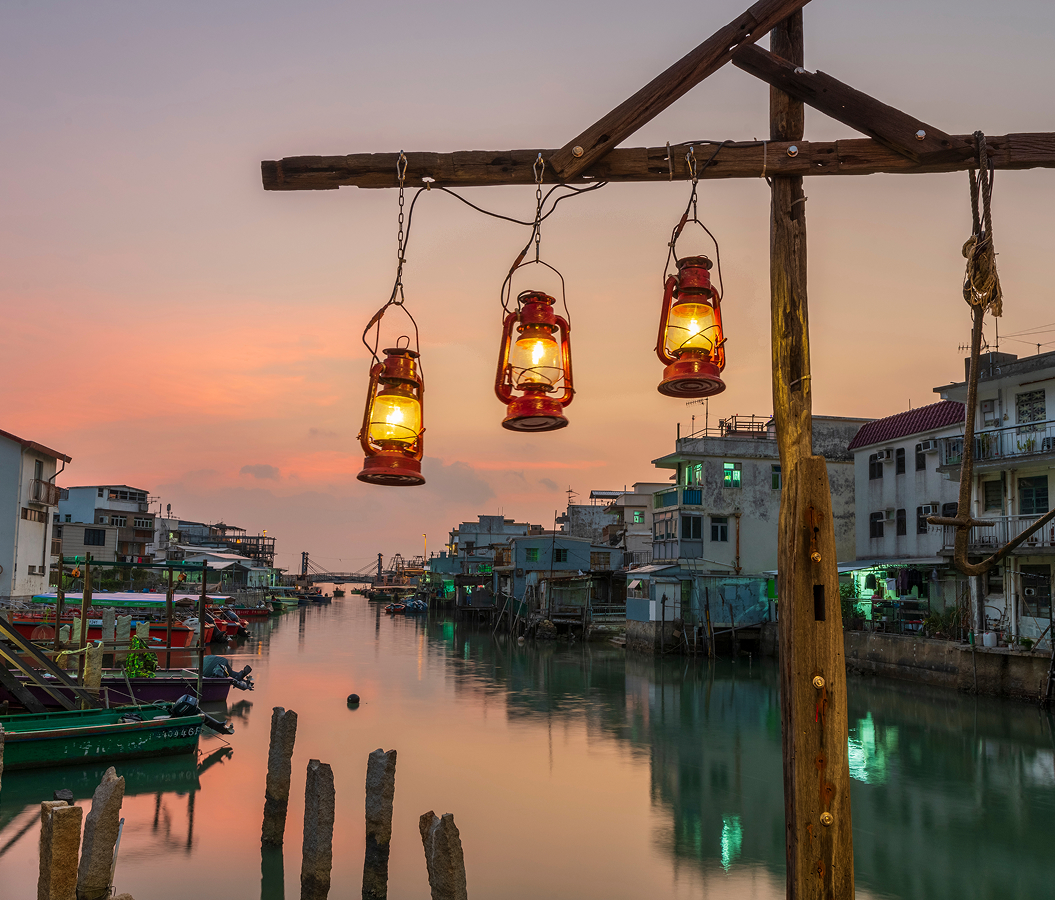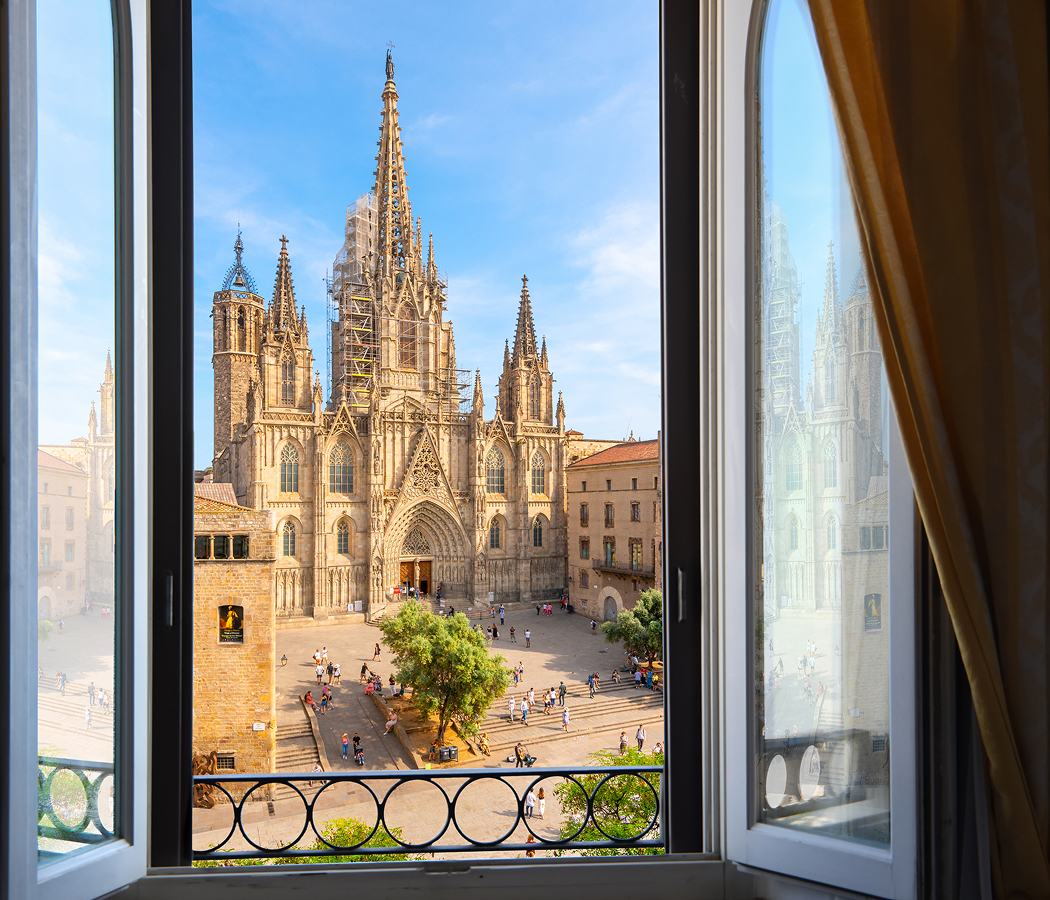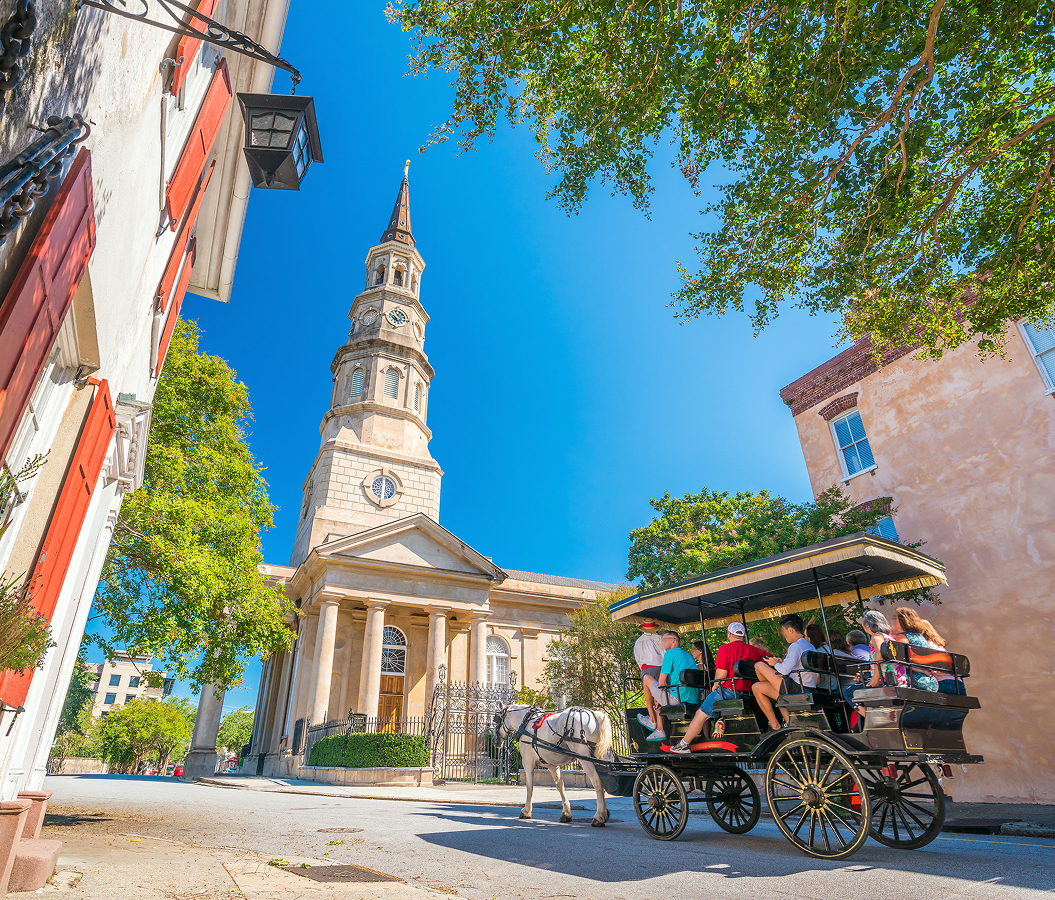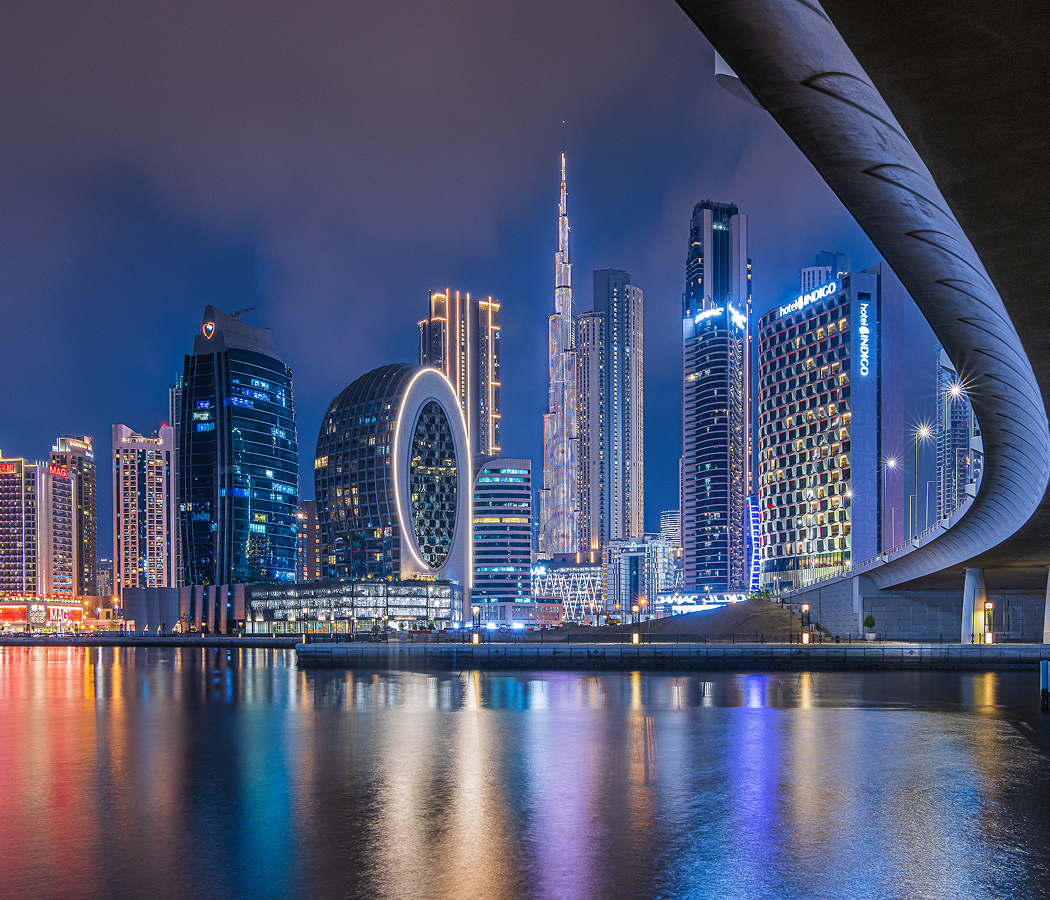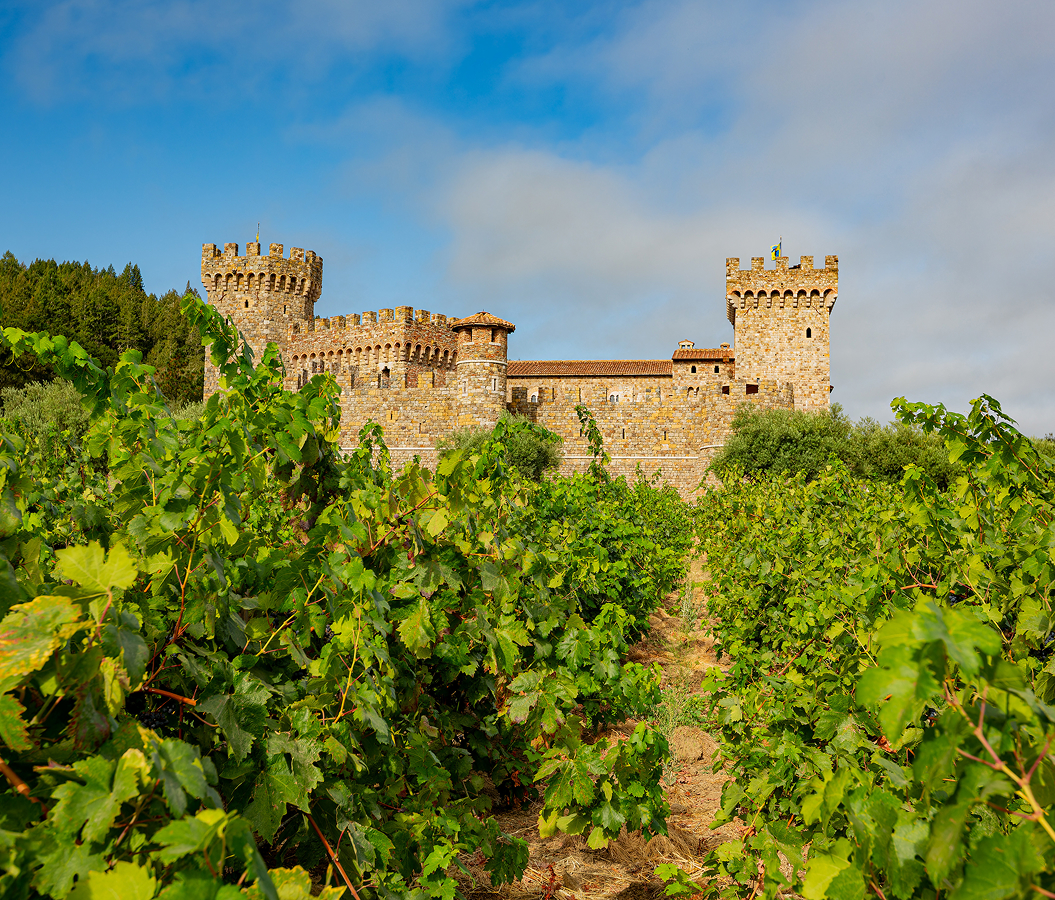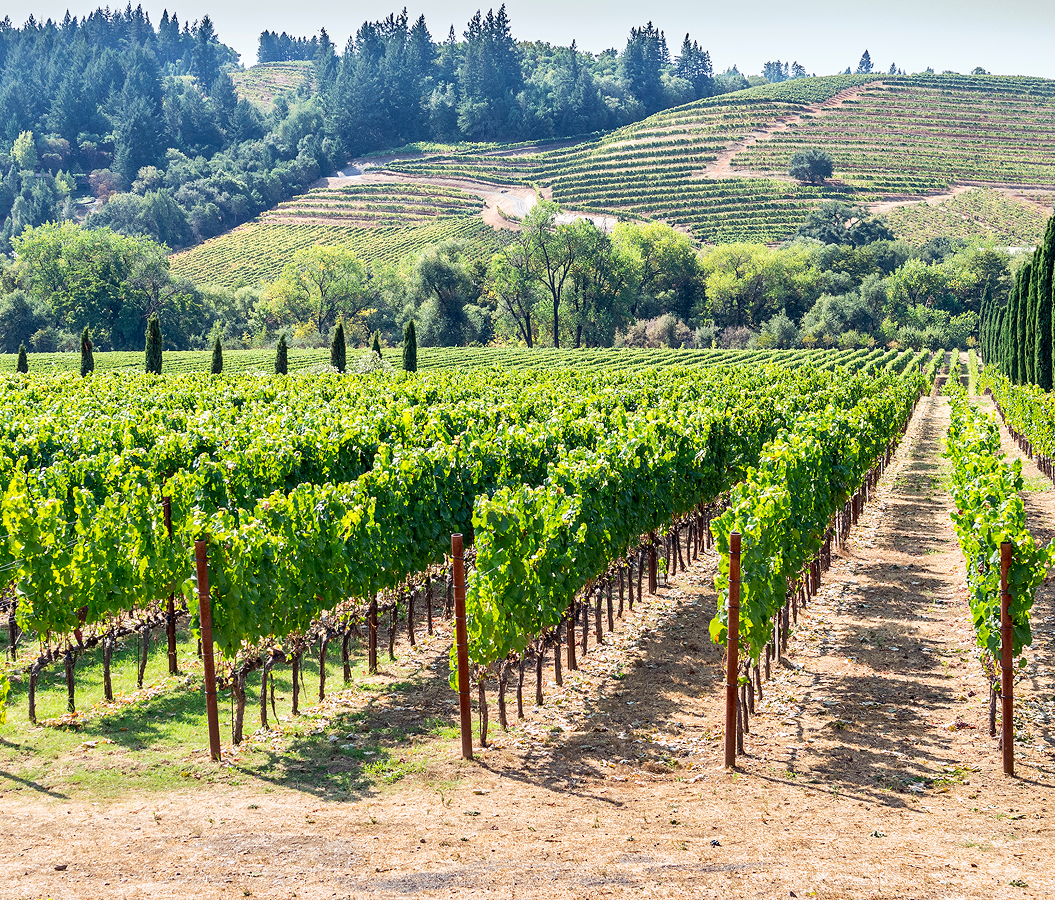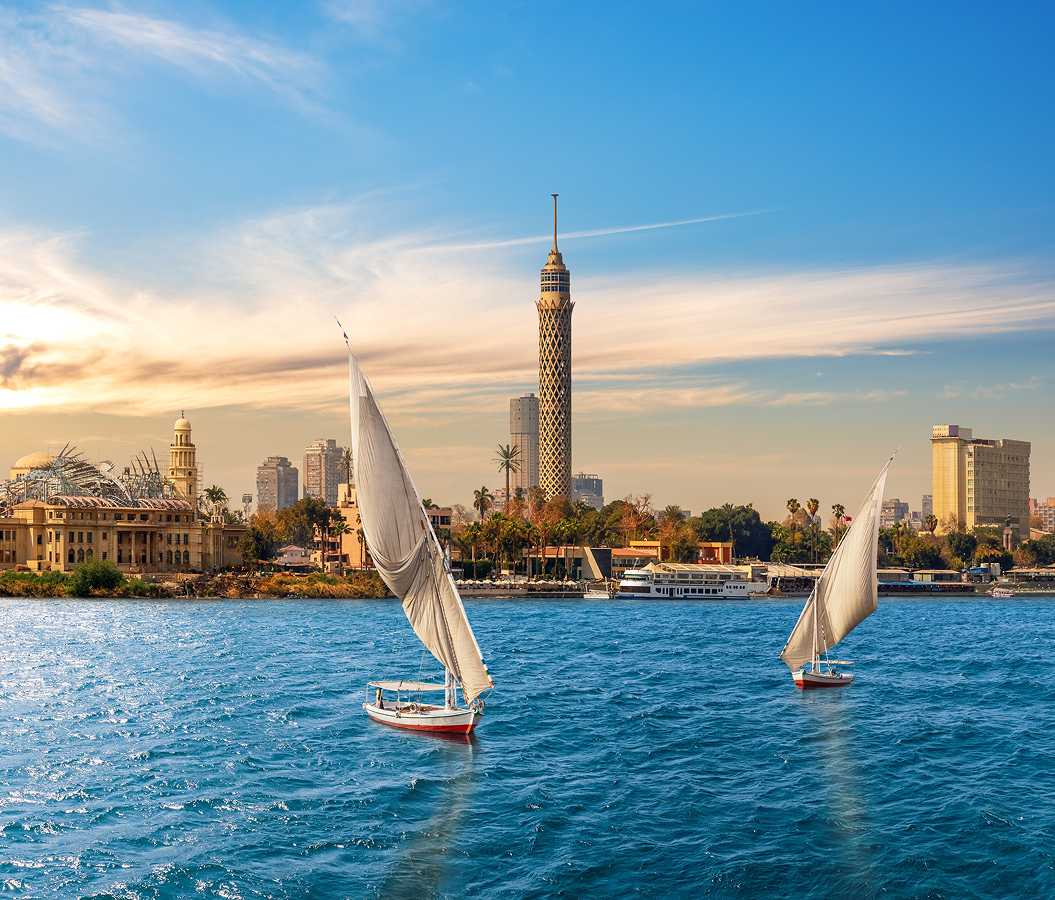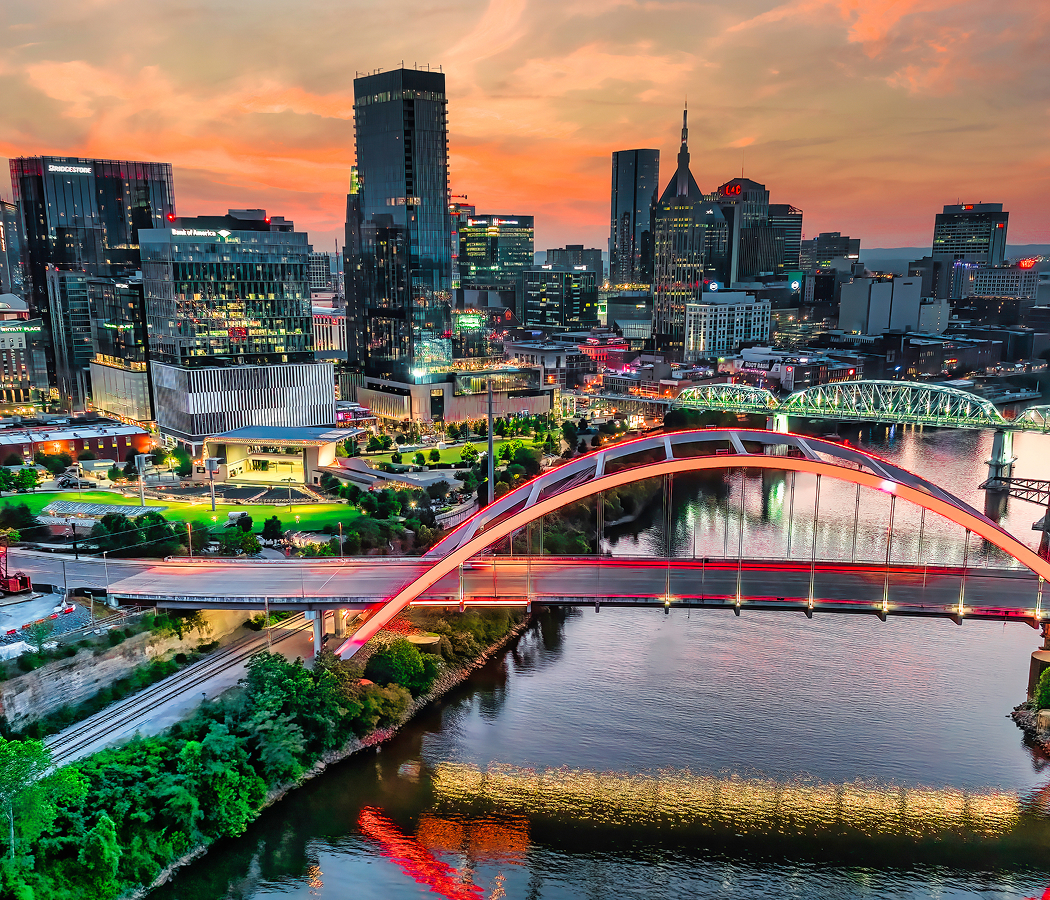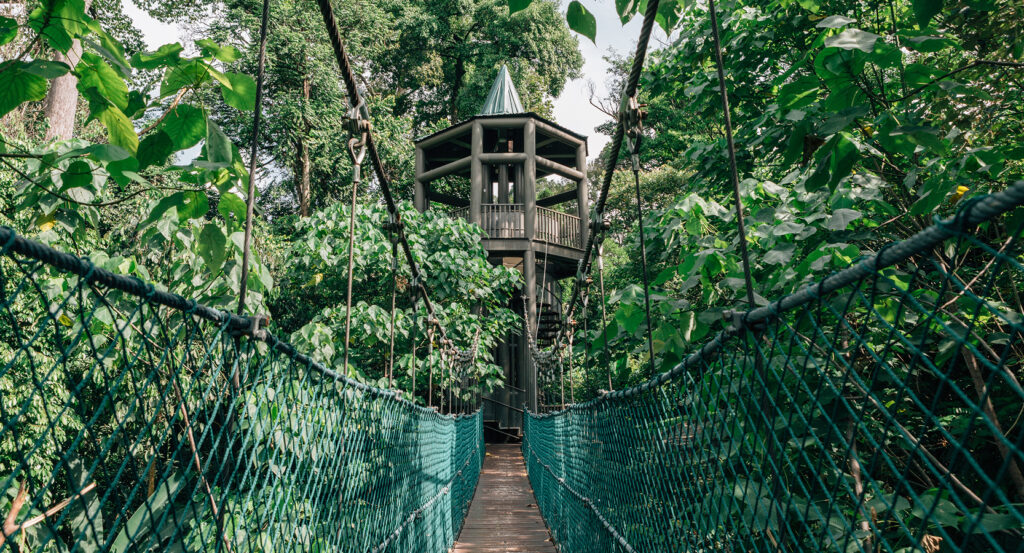
Why you should experience the Eco Education Center at Bukit Nanas Forest Reserve in Kuala Lumpur.
The Eco Education Center at Bukit Nanas Forest Reserve is where the forest begins to speak — not just through its trees and trails, but through the knowledge that binds them.
Set at the edge of Kuala Lumpur’s last remaining rainforest, the center serves as a gateway to understanding how nature and urban life intertwine. Its design mirrors the environment it protects — timber beams, open-air walkways, and wide glass panels that dissolve the boundary between classroom and canopy. Step inside, and the air hums with quiet purpose: school groups gathered around displays of soil layers and seed pods, travelers tracing maps of the forest’s ancient contours, rangers preparing guided treks into the green heart of the reserve. The soundscape is a blend of human curiosity and natural rhythm — voices softened by birdsong, the steady hum of cicadas outside, and the wind brushing through bamboo. What makes this space remarkable isn’t its architecture or technology, but its role as translator — turning the silent wisdom of the rainforest into stories we can understand. To walk through its exhibits is to feel your awareness stretch outward — from leaf to ecosystem, from city to biosphere — until you realize that the forest isn’t separate from Kuala Lumpur at all. It’s what makes the city breathe.
What you didn’t know about the Eco Education Center.
The Eco Education Center isn’t just an information hub — it’s a cornerstone of Malaysia’s long-term effort to preserve urban biodiversity through community engagement and scientific study.
Founded as part of the Forest Research Institute’s conservation initiative, the center serves dual purposes: educating the public and supporting on-site ecological monitoring within the Bukit Nanas Forest Reserve. Its interior features interactive exhibits explaining forest ecology, watershed protection, and carbon cycles — with real samples of local flora, insect specimens, and even time-lapse footage of forest regeneration after rain. The displays are multilingual, ensuring accessibility to both locals and international visitors. Outside, a living wall of ferns and orchids demonstrates vertical greening techniques used in Kuala Lumpur’s sustainable architecture movement. The building itself operates as a sustainability model — powered partly by solar panels, ventilated naturally through cross-breezes, and constructed from recycled tropical hardwood certified by the Malaysian Timber Council. Environmental scientists stationed here record soil pH, air quality, and humidity levels daily, tracking how the reserve’s microclimate changes with seasonal shifts. The data collected informs urban planning projects across the city — particularly those aimed at increasing green corridors and reducing heat islands. Beyond the science, the center has become a cultural gathering place: a venue for school field trips, volunteer programs, and eco-literacy workshops that teach children everything from composting to canopy restoration. Every artifact, from the cross-section of a meranti trunk to the preserved nest of a weaverbird, carries a story about balance — the delicate interplay between progress and preservation. Few visitors realize that the center’s educational materials are continuously updated by researchers collaborating with universities around the world, making it not just a static exhibit but an evolving archive of living knowledge.
How to fold the Eco Education Center into your trip.
Visiting the Eco Education Center is the ideal prelude to exploring Bukit Nanas — it deepens everything you’ll see, hear, and feel in the forest that follows.
Start your visit at the reception hall, where a ranger-led briefing introduces the forest’s trails and their significance. Spend 30–45 minutes moving through the exhibits; the most fascinating displays are those that let you interact directly — pressing buttons to simulate rainfall, peering through magnified lenses at preserved insects, or watching slow-motion footage of butterfly wing formation. Don’t miss the 3D topographical model near the exit — it maps the entire reserve and helps you visualize how the canopy, undergrowth, and streams connect. Step outside afterward to the observation deck overlooking the forest edge — from here, the contrast between glass towers and green treetops is breathtaking. It’s an image that defines Kuala Lumpur’s soul: modern ambition held gently within the hands of nature. If you can, time your visit to coincide with one of the guided eco-walks departing from the center. Rangers lead these twice daily, interpreting the sounds, smells, and structures of the forest in vivid detail — from the hollow drumming of bamboo to the medicinal properties of tongkat ali roots. Before you leave, stop by the center’s small eco-shop — it sells sustainably crafted souvenirs, recycled paper notebooks, and native plant seedlings you can take home. You’ll leave not just with photos or facts, but with a rare sense of connection — the understanding that the forest you just explored is alive, evolving, and, with your awareness, protected. The Eco Education Center doesn’t just teach ecology — it teaches empathy for the living world we so often forget we’re part of.
Hear it from the Foresyte community.
“Wild contrast where one second you’re dodging Grab cars and the next you’re in a legit jungle. Canopy walk feels like Indiana Jones but with a Starbucks ten minutes away.”
Where meaningful travel begins.
Start your journey with Foresyte, where the planning is part of the magic.
Discover the experiences that matter most.


